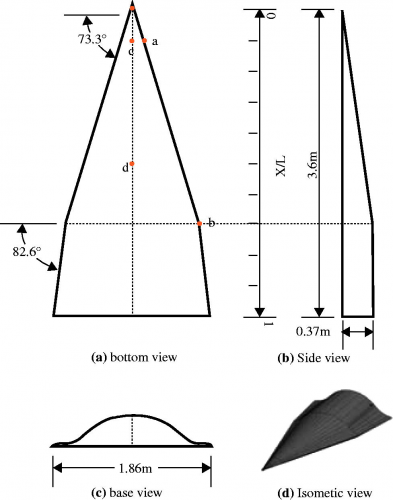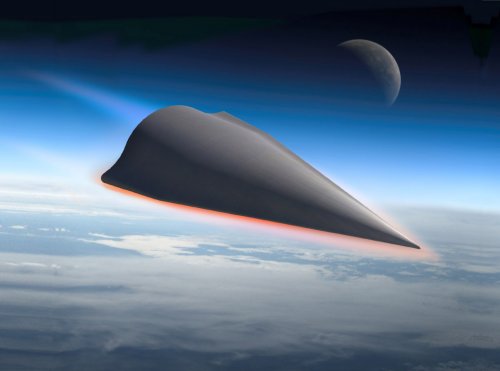DARPA Says HTV-2 Exceeded Control Limits
Posted by
Graham Warwick at 11/16/2010 3:39 PM CST
DARPA says its Lockheed Martin-built HTV-2 hypersonic test vehicle was lost soon after launch on April 22 because higher-than-predicted yaw, which coupled into roll, exceeded the capability of the glide vehicle's body-flap control surfaces.
The HTV-2 had been launched from Vandenberg on a planned 3,000nm hypersonic flight toward Kwajalein in the Pacific to demonstrate aerodynamic and structural technology for prompt global strike. Contact was lost 9min after launch, and after the dart-like glider had separated from its Minotaur IV Lite booster.
The HTV-2 was programmed to reenter the atmosphere and then pull up to begin its hypersonic glide to a splashdown off Kwajalein. At the time, DARPA said telemetry indicated the vehicle had achieved controlled flight at over Mach 20 before contract as lost.
Now the agency says a six-month investigation has concluded the "most probable cause of the HTV-2 flight anomaly was higher-than-predicted yaw, which coupled into roll thus exceeding the available control capability" at the angle of attack the vehicle was programmed to fly for the speed and altitude at that point in the flight. The vehicle began a slow roll divergence that continued until it triggered the autonomous flight termination system.
The analysis concluded "knowledge of several key aerodynamic paramaters in this flight regime was limited", DARPA says, and the review broad has concluded "no major changes to the vehicle or software are required...Engineers will adjust the vehicle's center of gravity, decrease the angle of attack flown and use the onboard reaction controol system to augment the vehicle flaps" before the second HTV-2 flies in late 2011.


